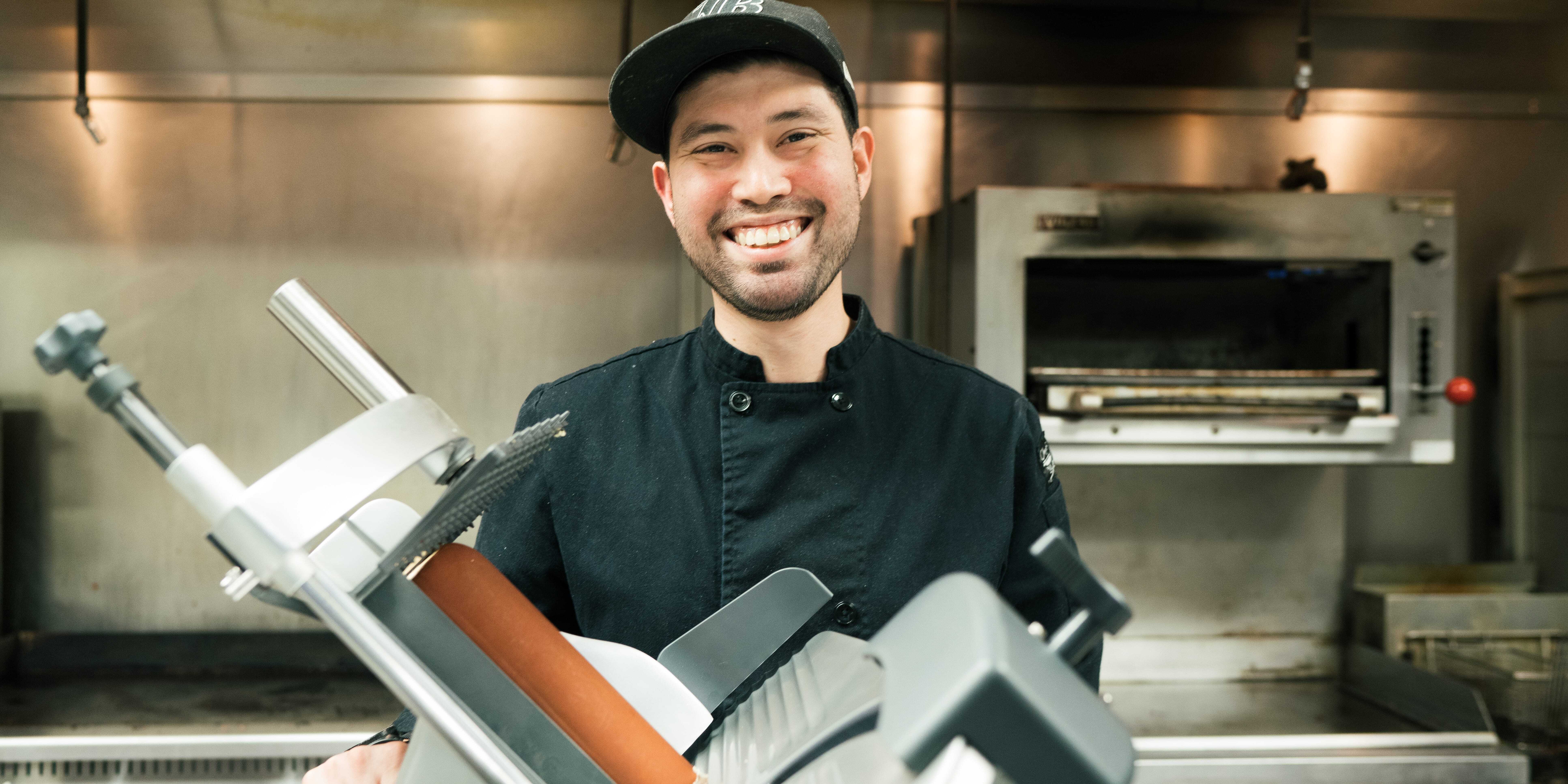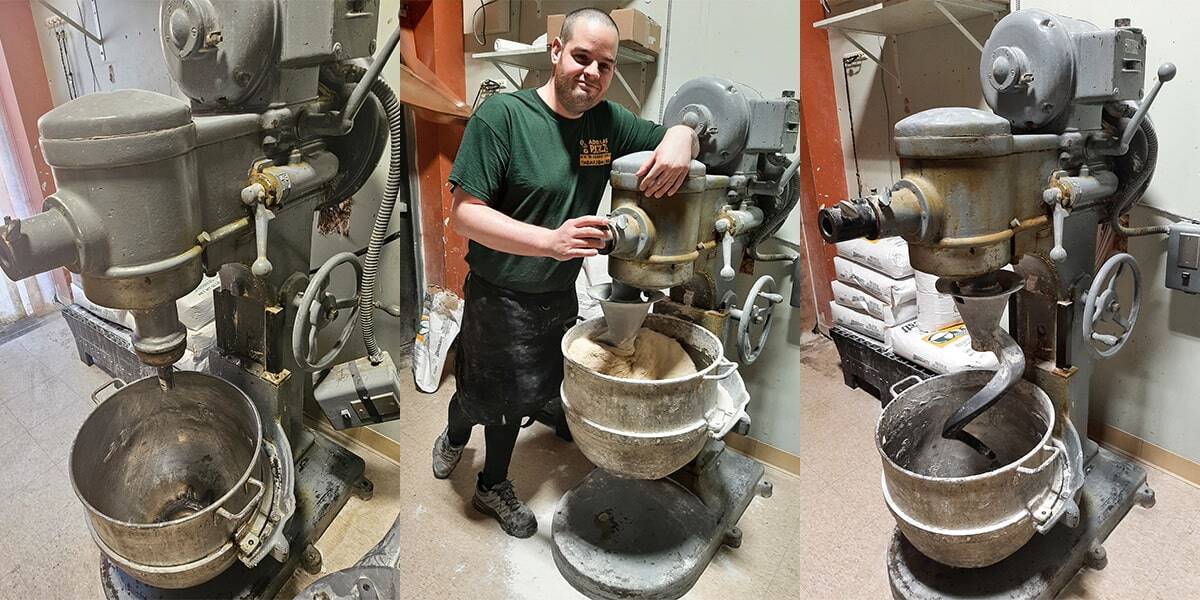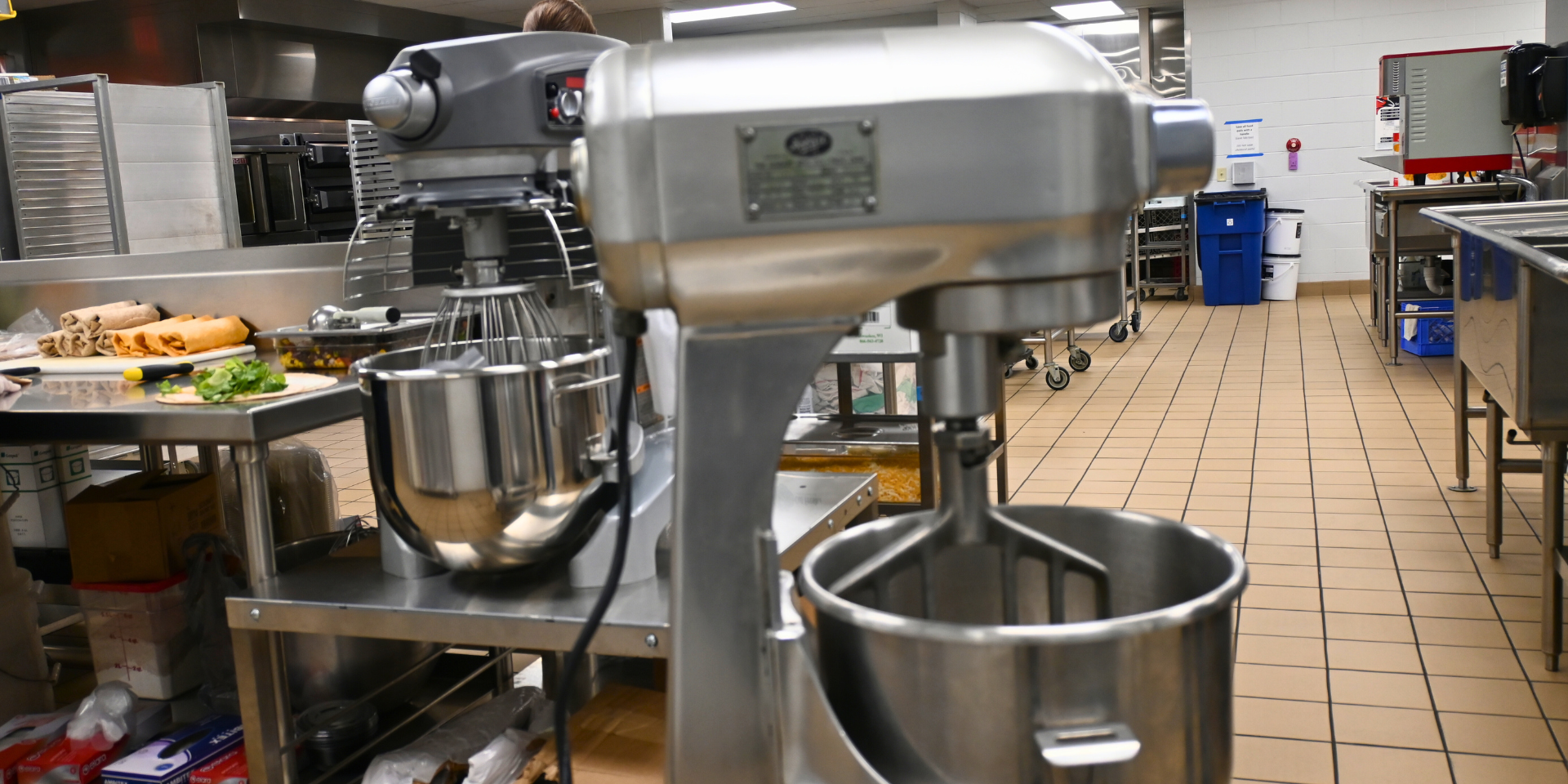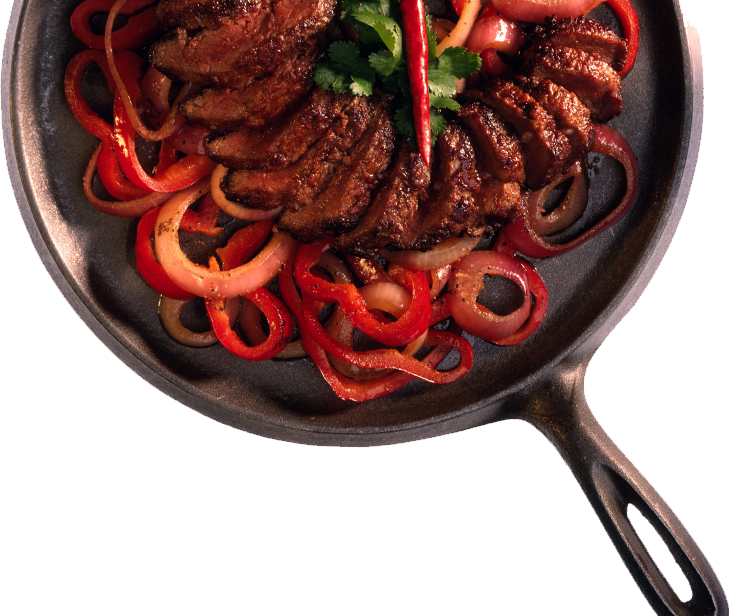Spiral mixers, which have long been popular in Europe, are increasing in use in North America as more cafes, bakeries and restaurants look to create artisan and specialty breads. Spiral mixers incorporate ingredients in a way that is ideal for artisan dough.
Whether it’s a bakery working to perfect loaves of artisan bread or a shop creating specialty pizza crusts, a spiral mixer can help improve the quality and consistency of the product — producing great dough each time.
Why choose a spiral mixer?
Planetary mixers need gears to emulate the rotating bowl action of a spiral mixer, whereas spiral mixers use two motors — one to rotate the bowl and one to rotate the spiral arm — and a pulley system instead of gears. This results in smoother, quieter action.
While planetary mixers can offer great versatility for a wide range of jobs, spiral mixers offer capacity versatility by allowing users to mix less than 10 percent of the unit’s capacity, which is not possible with planetary mixers since batches that are too small will not incorporate sufficiently. Spiral mixers are also better suited for kitchens that are focused on making dough. Planetary mixers have a rougher kneading action that results in the dough rising in temperature more quickly. Conversely, spiral mixers keep the dough at a lower temperature because the mixer bowl rotates as the spiral hook spins to knead the dough.
This gentler action and resulting lower dough temperature ensures that the dough doesn’t start the fermenting process too quickly or get overheated — resulting in proper activation of the yeast. Artisan and specialty breads typically must ferment slowly, so temperature control is crucial in the process.
Not all spiral mixers, however, are created equal. Consider these key factors when selecting a spiral mixer to meet your specific needs.
No. 1: Dual-Pulley System
Consider a spiral mixer that features a dual-pulley system design. This design produces more torque with less stress on interior components, ultimately resulting in a longer-lasting system.
Dual-pulley spiral mixers also provide more consistent mixing at higher capacities, producing a dough with thoroughly incorporated ingredients.
No. 2: Quality Components and Construction
Less isn’t always better. Invest in a spiral mixer with durable construction and reliable components, even if the price point may be slightly higher. Quality construction results in longer product life and less maintenance — for reduced time and money spent long term.
Look for a mixer made with high-quality components that are stainless steel and not plastic. Stainless steel is durable and rust-resistant.
A spiral mixer that weighs more often signals more robust gears and components, and reliable construction. The general rule of thumb when it comes to quality is the heavier the mixer, the better. Also consider the availability of parts and service when making the selection. Buy from a trusted manufacturer that offers post-sale technical support and service.
No. 3: Two Mixing Speeds
A model with two mixing speeds produces more evenly mixed dough. The slower first speed incorporates ingredients evenly while minimizing splash or mess. The faster second speed controls oxidation and kneads the dough. Utilizing two speeds, the ingredients mix fast and gently for the perfect amount of oxidation to generate a superior quality dough. At the same time, the dough is kept at a lower temperature, preventing the yeast from activating too early.
Look for a two-speed mixer with programmable timers, which provides control over the process even when you’re not personally monitoring it. On some models, dual electronic timer controls can be set for up to 20 minutes. The time for low and high speeds can be preset, which helps increase productivity. With programmable timers, the mixer will automatically shift from low to high speed when the time cycle is completed for low speed.
In addition to two mixing speeds, look for a mixer with electronic controls and a digital readout, which provides greater accuracy and ease of use.
No. 4: Bidirectional Bowl Rotation
A spiral mixer that can rotate the bowl in both directions helps improve dough consistency and provides the capability to produce smaller batch sizes.
For example, a 180-pound spiral mixer with bidirectional bowl rotation that can produce 10 percent batch sizes can produce batch sizes of 18 pounds. This is because the reverse function on the bowl allows for much smaller batches while still producing a good mix and incorporation of ingredients.
In addition to improving mix consistency, bidirectional bowl rotation also offers greater ease of use and ease of cleaning. To move dough from the hook, simply reverse the bowl and the dough will spiral off the hook. This helps reduce time spent on cleanup. The flexibility of a manual jog also allows bakers to put a personal touch on each batch.
No. 5: Absorption Rate
Some spiral mixers have the capacity for a much higher water absorption rate, or AR, which is the ratio of water that can be integrated into the dough. This is an important feature because some specialty dough require an AR of 80 percent or even 90 percent.
A higher AR results in a dough that is easier to digest. In addition, a higher AR can help reduce costs, since it provides the ability to incorporate more water into the same amount of flour. As a result, the amount of flour used can be reduced per batch, while still producing the same amount of dough.
Look for a spiral mixer that offers an AR of at least 80 percent.
No. 6: Size Options
Lastly, space considerations and output capabilities play a role in selecting the right mixer for your needs. Mixer footprints in smaller kitchens may be especially critical.
Make sure the mixer’s footprint isn’t too large for the kitchen or work space, and ensure it has the capacity to meet daily dough production requirements. Spiral mixers are available in a range of footprints and capacity options, from 180, 220, 300 to 440 pounds, for example.
Plan for what can be accommodated in the space, but keep in mind that some mixers can go as low as a 10 percent batch yield, which allows versatility to mix a very small batch of dough or a very large batch in the same mixer.
Selecting the Right Spiral Mixer
When producing high-quality dough is a priority, a spiral mixer can provide the consistent performance and incorporation of ingredients to help you produce great dough — every time.
It’s important to keep a few key considerations in mind when selecting the right mixer to meet your needs. Choosing the right equipment helps ensure you are equipped to deliver superior bread and pizza dough products.


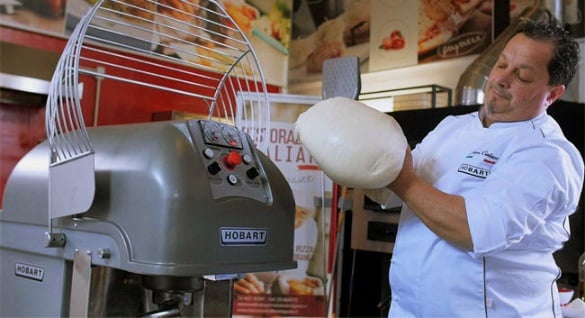

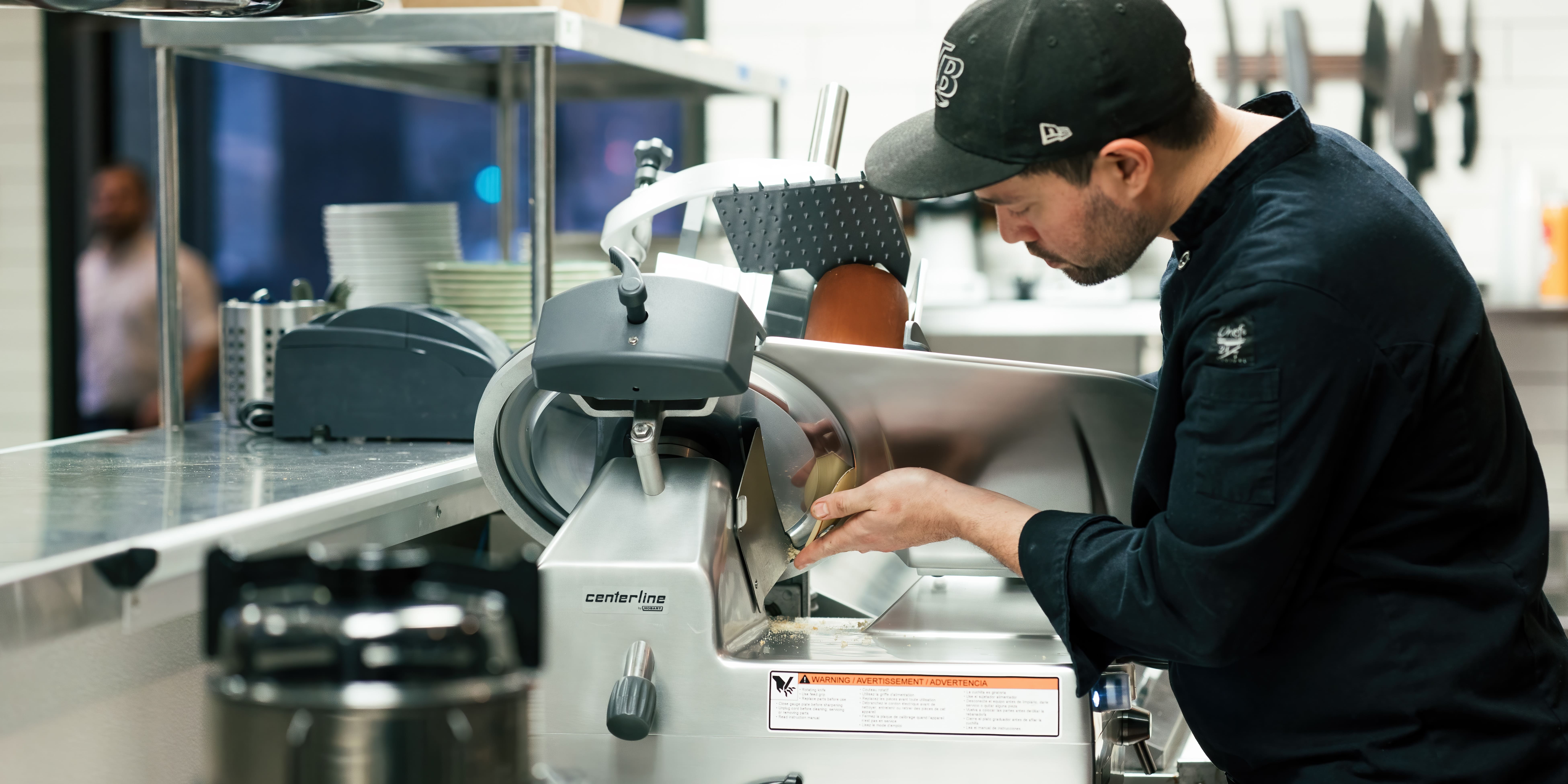
-min.jpg)
